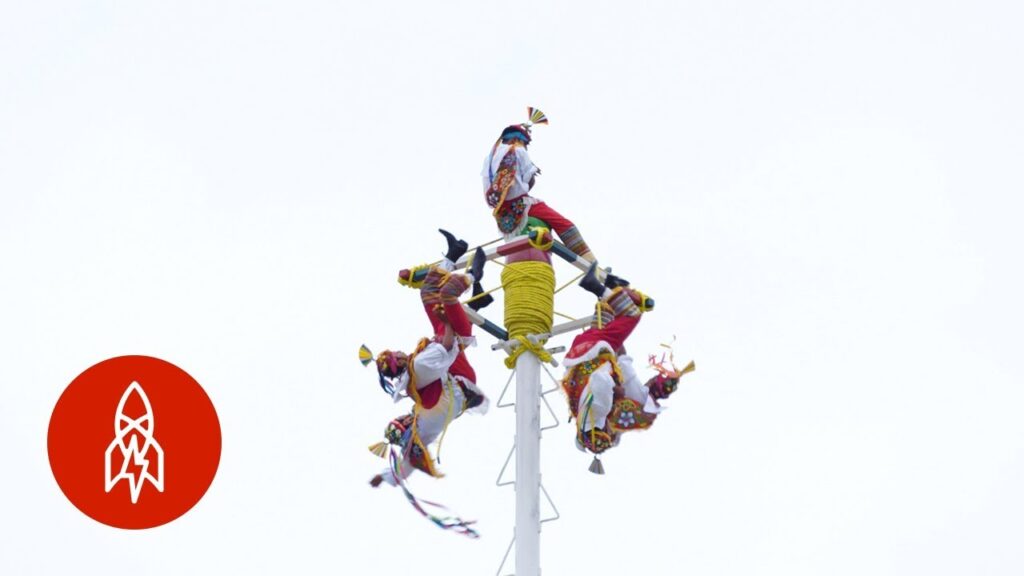Unveiling the True Origins of Alebrijes
The vibrant and mystical creatures known as Alebrijes have become one of Mexico’s most iconic cultural symbols, transcending their folk art roots to captivate the imagination of people worldwide. But where did these fantastical beings come from? The story of alebrijes begins with a man named Pedro Linares López, a humble artisan from Mexico City, who dreamt of strange, otherworldly creatures while ill in the 1930s. Upon recovering, he began to create these remarkable figures from papier-mâché, painting them with an array of stunning colors and intricate patterns.
Originally, alebrijes were not associated with any traditional Mexican craft. It was Linares’s unique vision that brought them to life, a fusion of his imagination and artistic skill. The name itself, ‘alebrijes’, is thought to have sprung forth during his feverish dreams, a nonsensical word that perfectly captured the bizarre and whimsical nature of these creatures. With no two alebrijes being the same, each piece is a distinct reflection of the artisan’s individuality and creativity, often depicting a blend of different animals with surrealistic twists.
While Pedro Linares is credited with the invention of alebrijes in papier-mâché, the art form spread to the wood carving community of Oaxaca thanks to the interest of other Mexican artists, notably Manuel Jiménez. The woodcarvers of Oaxaca adapted the concept to their own traditions, creating carved wooden alebrijes that are also richly painted and prized for their craftsmanship. Over time, alebrijes have gained international acclaim, making them not just a cultural treasure but a testament to the power of imagination and the sharing of artistic inspiration across different mediums and regions.
The Linares Family: Pioneers of Alebrije Art
The Linares family, esteemed as a creative dynasty, has played a pivotal role in the world of Mexican folk art. Originating from Mexico City, the family has been instrumental in the evolution and proliferation of the vibrant alebrijes – fantastical creatures that boast a blend of various animal features, all painted with intricate and vivid patterns. Pedro Linares López, the patriarch, is often celebrated for pioneering this unique art form in the 1930s, weaving the tapestry of tradition and innovation that would define the Linares legacy.
Despite being fantastically shaped and elaborately adorned, alebrijes spring from a humble origin. Initially crafted from paper mâché, they were born of Linares’s fantastical dreams during a bout of illness. Upon recovery, these visions were transformed into tangible art, captivating not only his family but also the larger artistic community. The imaginative power of the Linares family gave birth to an array of creatures that carry significant cultural weight and are emblematic of Mexican artisanal genius.
Today, the Linares family’s contribution to alebrije art extends well beyond Pedro’s first creations. The succeeding generations – each artist adding their personal touch – have continued to honor and expand upon the traditional techniques while pushing the boundaries of the craft. Alebrijes remain symbols of ingenuity and cultural pride, with the Linares name firmly etched in the history books as the torchbearers of this enchanting art form. Their work not only continues to inspire art enthusiasts but also keeps the family’s spirit alive in every intricately designed figure they create.
Beyond Oaxaca: The Roots of Alebrije Creation
The vibrant and whimsical alebrijes have a genesis as colorful as the fantastical creatures themselves. Originating from the southern Mexican state of Oaxaca, alebrije creation has transcended simple craft to become an icon of Mexican cultural identity. The artistry involved in making these magnificent creatures is a testament to the inventiveness and cultural expression of Oaxaca’s indigenous people.
Alebrijes are imaginative and complex figures made out of paper-mâché or wood, meticulously painted with intricate patterns and radiant colors. The tradition began with Pedro Linares in the 1930s, a skilled artisan from Mexico City who dreamt of strange creatures that he called «alebrijes.» These dreams came at a time when Linares was ill, and they were so vivid that upon recovery, he set out to bring these visions to life through his art.
After Pedro Linares brought these figures into the physical realm, the idea evolved when Oaxacan artisans, especially in the town of San Martín Tilcajete, adapted the concept using local copal wood. This regional adaptation has resulted in a unique blending of Zapotec and Mexican artistic traditions, with nature-inspired motifs that are both ancestral and highly individualistic.
Oaxaca’s alebrijes are not just crafts, but a bridge to the mystic past of the region. Artists often meditate and fast to receive inspiration from the natural world, with each alebrije reflecting the creator’s deep spiritual connection to their environment. This profound intimacy with nature is reflected in the elaborate patterns that mimic flora, fauna, and mythological elements native to Oaxaca’s lush landscapes.
The process of creating an alebrije is extensive and requires patience and precision. It begins with the careful selection and curing of the copal wood, followed by skillful carving, sanding, and intricate painting. Each alebrije is a labor of love, often taking weeks to complete, and is imbued with a unique spirit that is believed to protect those who possess it. Through these lively sculptures, the artisans share stories and continue a legacy that captures the spirited heart of Mexican folklore.
The Artistic Legacy of the Linares and Alebrijes
The vibrant tapestry of Mexican culture is rich with folklore and artistic expression, among which the Linares family and their creation of Alebrijes stand as a testament to the nation’s creative spirit. Originating from the bustling streets of Mexico City, the Linares family began their artistic journey in the early 20th century, gaining recognition for their innovative use of papier-mâché to bring fantastical creatures to life.
Alebrijes are intricate, brightly colored folk art sculptures that encapsulate a dream-like blend of various animal features. These fantastical beings were first conceived by Pedro Linares after experiencing a vivid hallucination while ill. Upon recovery, he transformed these visions into an art form that has enchanted both locals and visitors alike. The term Alebrijes itself has become synonymous with Mexican artisanal identity, contributing a fantastical chapter to the nation’s artistic narrative.
Today, the streets of Oaxaca are adorned with these whimsical figures during annual celebrations and parades. The passion for creating Alebrijes has been embraced by other artists and has propagated throughout the region, each sculpture reflecting the individual creator’s imagination and technical skill. While the Linares are recognized as the progenitors of this art form, the community of artisans who craft Alebrijes ensures that this vibrant tradition continues to evolve.
Supporting the proliferation of this artistic legacy, museums and collectors worldwide have taken interest in Alebrijes, recognizing them not only as cultural symbols but also as unique works of art. The Linares family’s work lives on, inspiring new generations of artists to explore the depths of their imagination and to contribute their own voices to the ever-expanding lore of the Alebrijes.



